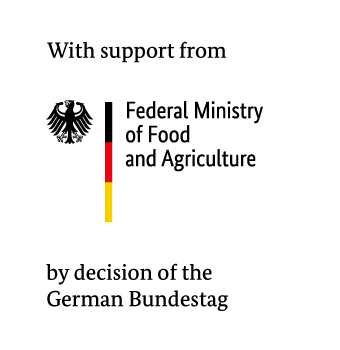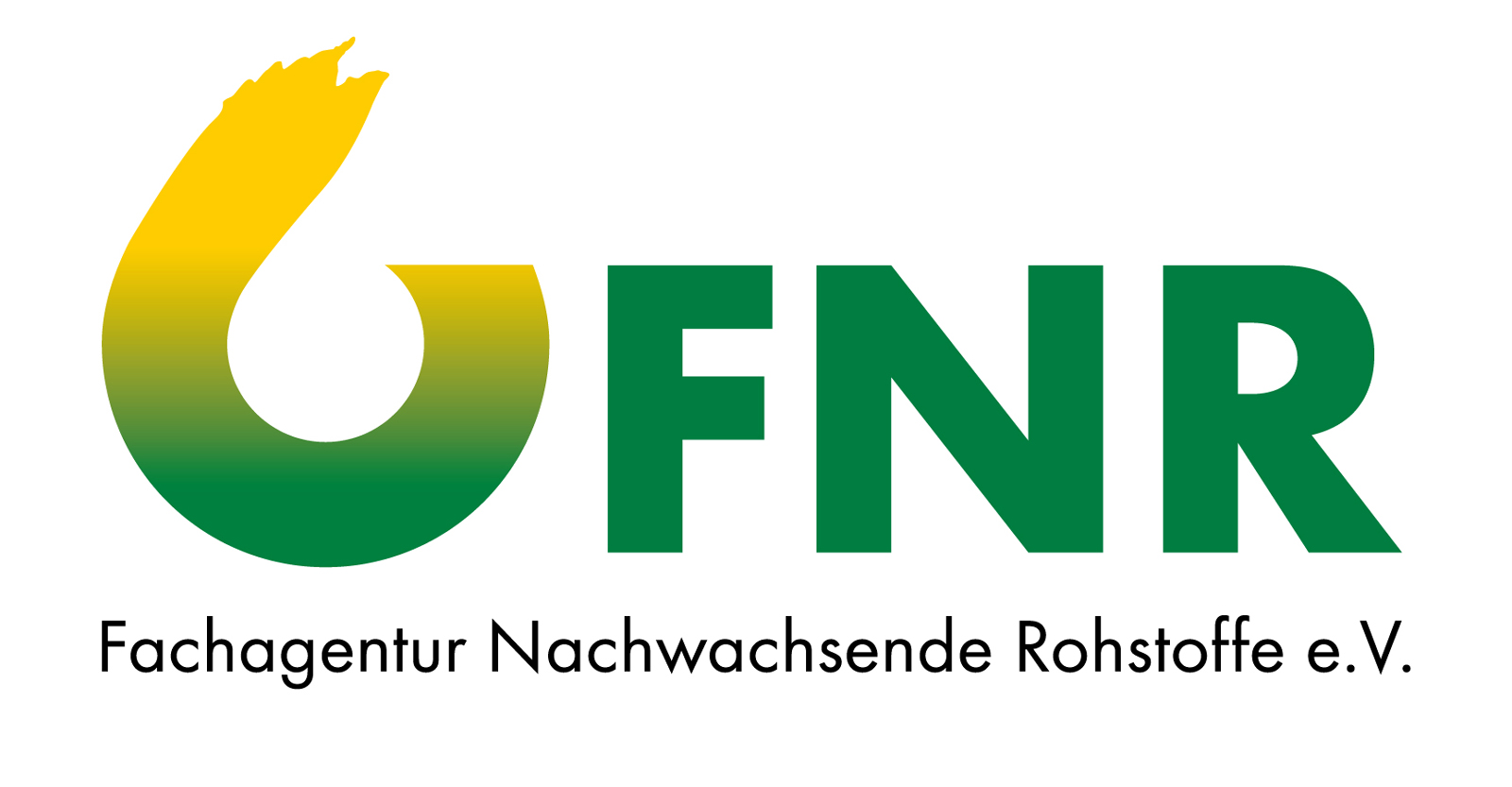From plastics such as packaging in contact with food, laminates, adhesives or seals, substances such as additives can migrate into the media surrounding them. In the process, their concentration in the plastic decreases and accumulates in their surroundings such as food or interfaces. In the project "DiBioK", Fraunhofer IFAM is working with project partners to determine substance constants for calculating diffusion coefficients of selected bio-based polymers. From this, a model is to be derived which will allow prediction of this material-specific property.
Diffusion in the plastic determines the rate of mass transfer
The mass transfer of additives from plastics that come into contact with foodstuffs is regulated by European legislation. This also requires verification of compliance with the regulations formulated therein. Apart from the legal requirements for food packaging, these substance properties are also of interest for outer packaging, among other things. In view of the change in material properties as a result of diffusion, this topic plays an immanent role for plastics developers and adhesives and sealants manufacturers. In the context of component design, barrier properties with regard to water diffusion play a decisive role. Predictions on aging can also be made against the background of material degradation induced by moisture.
The rate-determining step of the mass transfer is its diffusion in the plastic. Migration tests are carried out to check diffusion. However, for methodological reasons, these are not suitable for all problems. In addition to experimental methods for estimating mass transfer, theoretical methods are also permissible to enable generally accepted diffusion models to be used as a conformity and quality assurance tool. However, these models are subject to limitations in order to use them to predict material constants for additional polymers. In addition, conformity assessment by diffusion modeling is based on structural uniformity and thus reaches its limits for polymers that are not structurally identical.
Determination of diffusion properties of bio-based plastics with complementary methods
In the project "DiBioK", the experts are working on the creation of a tool for characterizing the diffusion properties of biobased plastics. For this purpose, material constants and activation energies (EA) are determined for biopolymers. Different methods will be included. These methods, which differ in terms of experimental setup, all offer the potential to generate data from which the diffusion coefficient can be determined.
In order to extend the scope to polymers that do not have the same structure, the EC Guideline prediction model for estimating diffusion coefficients is evaluated using the data obtained. A predictive model can drastically reduce the effort within conformity assessments.
The DiBioK approach follows an extensive evaluation of four different methods for the determination of diffusion properties:
- Lag Time Methode (LTM)
- Desorption Method (DM)
- Inverse Gas Chromatography (iGC)
- Dynamic Vapour Sorption (DVS).
These methods complement each other and are subject to method-related limitations. Temperature plays an essential role. All methods are based on the substance whose diffusion through the polymer is to be determined having a sufficiently high vapour pressure and being in the gas phase.
The LTM offers the possibility to perform simultaneous measurements and thus to quickly determine many diffusion constants. The DM, on the other hand, requires doping of the polymer film with relevant substances in advance. For this purpose, the polymer is extruded as a film with the substances whose desorption is to be measured. Both methods can be operated up to 200 °C. The iGC can only measure up to 150 °C. However, it offers the possibility of adjusting the background moisture. The DVS is limited to the narrowest range from 10°C to 80°C. On the other hand, the DVS allows measurements under a certain partial pressure, e.g. for water (0-95%).
The complementary methods allow a broad survey of diffusion constants for different substances at different temperatures. The methods LTM and DM are located at Fraunhofer IVV. At Fraunhofer IFAM, iGC and DVS are used for characterization.
Project data
| Project term | 01.09.2020 to 31.08.2023 |
| Project management /project funding |
The renewable raw materials (Nachwachsende Rohstoffe) program by the German Federal Ministry of Food and Agriculture (BMEL) and Fachagentur Nachwachsende Rohstoffe e. V. |
| Associated partners |
|
| Project partners |
|
 Fraunhofer Institute for Manufacturing Technology and Advanced Materials IFAM
Fraunhofer Institute for Manufacturing Technology and Advanced Materials IFAM
